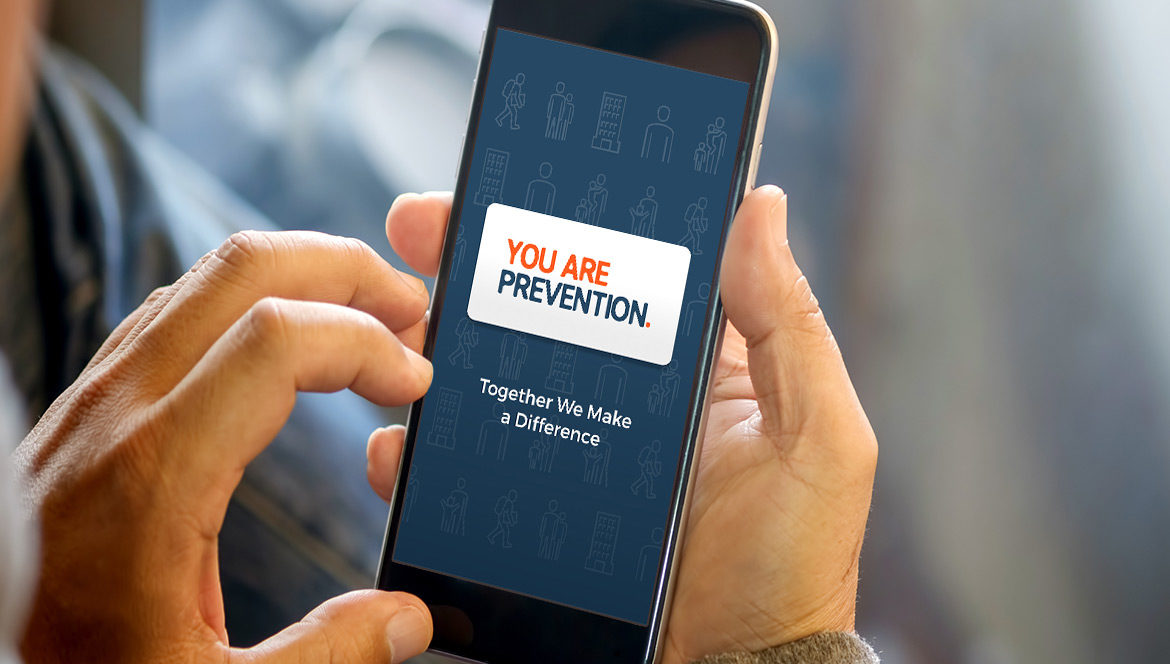The Challenge
According to the United States CDC, the ongoing opioid epidemic claims the lives of approximately six Americans every hour—more than 130 people per day. For some time now, the State of New Hampshire has been toiling at the front lines of the battle against opioid addiction, wrestling with the third highest overdose rate in the nation. Although support and treatment resources that help with addiction situations remain abundantly available throughout the State, few who have been coping with substance abuse challenges have leveraged the full scope of available treatment and support options.
Our Approach
The mission of the New Hampshire Bureau of Drug and Alcohol Services (BDAS) is to assist individuals, families, and communities in reducing alcohol and other drug use disorders, thereby increasing opportunities for citizens to achieve health and independence. In 2018, the Bureau received a Substance Abuse and Mental Health Services Administration (SAMHSA) State Opioid Response Grant to execute a new program, entitled “The Doorway.” The grant created a network of regional screening, evaluation and care-coordination facilities throughout the State. Each facility in the network would serve as a regional “hub,” capable of connecting patients with localized care providers. The grant strengthened the relationships among the various organizations in the network, expanding the capacity of programs successfully demonstrating a significant and meaningful impact on the State’s opioid crisis.
Prior to receiving this grant, many institutions throughout the State maintained separate websites for individuals struggling with SUD. Key stakeholders of “The Doorway” resolved to bring together their disparate sites, consolidating all relevant information into a single, unified resource. GovWebworks was chosen to partner with BDAS to make this vision into a reality and create a user-centric portal, powered by Drupal 8, to support four separate and distinctive avenues of entry, organized around the most commonly identified user interests, including: Treatment, Recovery Support, Overdose Reduction, and Prevention.
A primary objective of the project was to make the portal as easy to use and navigate as possible, so that users have consistent access to information, and know exactly who to contact when ready to receive help. We therefore enabled guided navigation and powerful search features, such as geo-search. The site also connects users with resources like 211, community resources, non-profit and faith-based organizations, and an alcohol and drug treatment service locator.
To help with system administration, we provided key stakeholders with training on the technical aspects of content management, as well as the stylistic aspects of developing content for the web. This allows staff to add and expand content in a consistent way as the services provided by the State adapt and evolve.
The Results
The initial iteration of the site was rolled out within two weeks of award to comply with SAMSHA grant stipulations, and from there the portal was refined and expanded during the early months of 2019, in response to BDAS’ evolving treatment plan. The portal represents a critical component in the state’s response to the opioid epidemic, utilizing a hub-and-spoke system to connect those in need of help with local resources and support.


